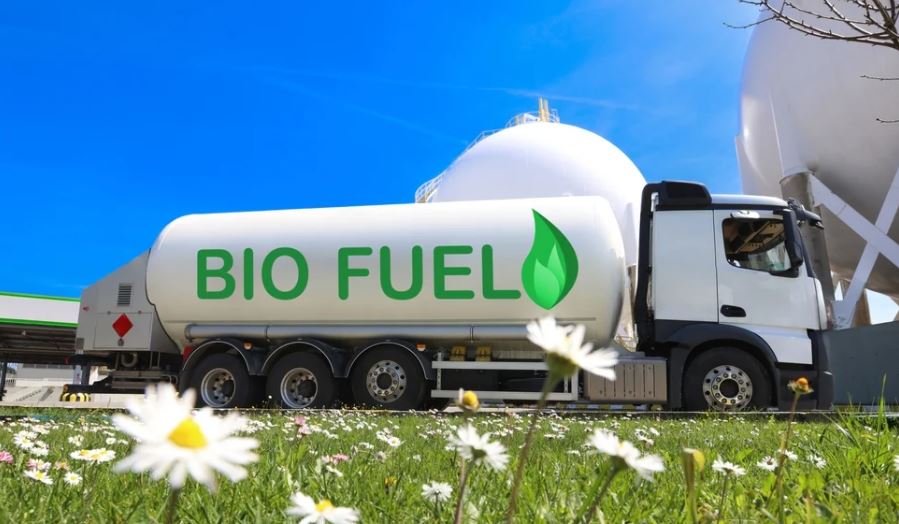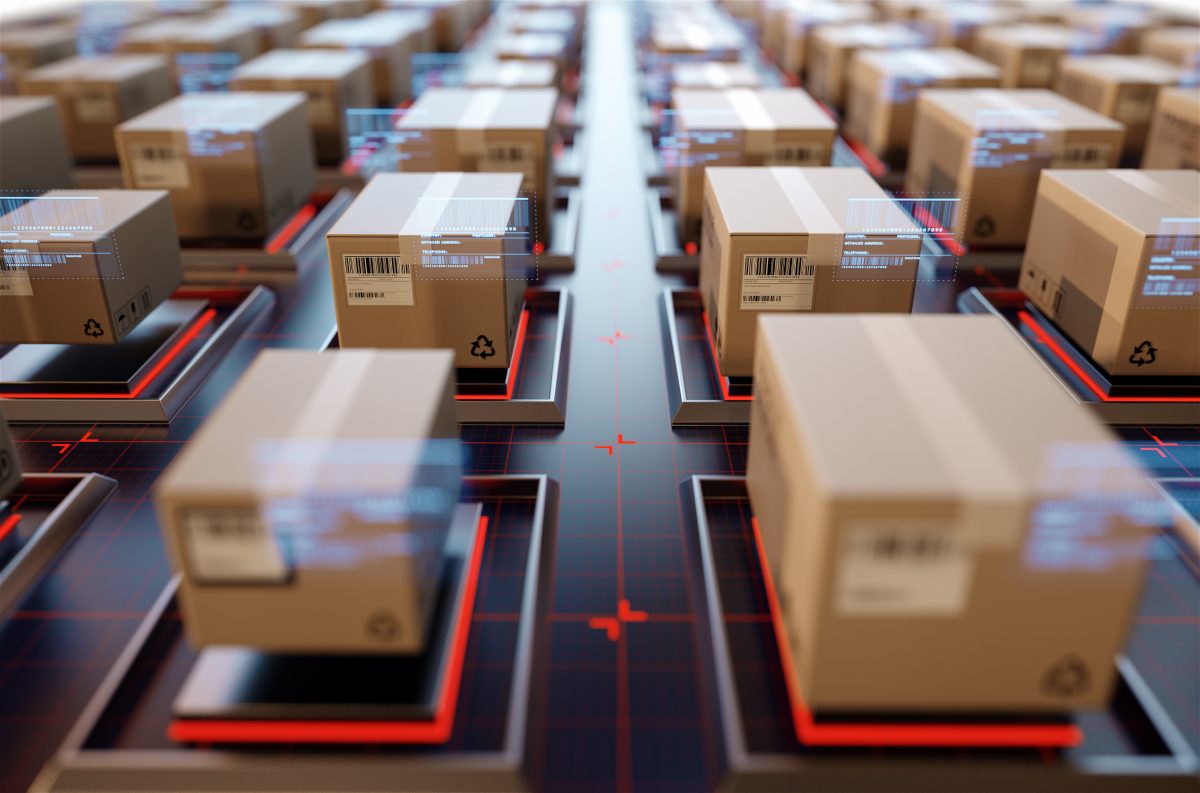In November 2024, the U.S. Department of Energy’s Office of Fossil Energy and Carbon Management and Bioenergy Technologies Office injected USD 20.2 million for a project to advance mixed algae development for biofuels. Why does it matter? The project covers 7 states and addresses high-impact R&D focused on converting algae to low-carbon biofuels. This is the vision reshaping the future of the U.S. biofuels market, where innovation meets sustainability.
The biofuels market in the U.S. stood at USD 31.93 billion in 2023 and is expected to reach USD 68.29 billion by the year 2030. Although sugarcane dominates the market on the basis of feedstock, enzymatic production, algal biodiesel, and reactive distillation are some of the widely utilized technologies for the production of biodiesel.
With geopolitical disruptions, rising carbon regulations, and communities demanding greener solutions, biofuels have emerged from the wings of the energy stage into the spotlight. Let’s try to understand why algae are making waves and how businesses are racing to take a slice of this growing market.
Why Algae Are Winning as a Sustainable Feedstock
Algae offer a powerful combination of high efficiency, low environmental impact, and real commercial potential. Due to their high growth rate, lipid content, and ability to be cultivated in diverse environments, they are a sustainable alternative to fossil fuels.
- Compared to traditional biofuel crops like corn or soybeans, algae are said to produce 10 to 100 times more energy per acre. Even better, they don’t need fertile land or fresh water. Algae can grow in saline water, wastewater, or even CO₂-rich industrial exhaust, making them ideal for land-scarce or water-stressed regions. For companies, this means:
- Lower raw material costs
- Less competition with food crops
- Greater scalability without inflating land leases or irrigation costs
- Algae are one of the few feedstocks that actually absorb CO₂ as they grow. This makes algae-derived fuels net carbon-negative during cultivation, and up to 80% lower in lifecycle emissions compared to petroleum fuels. With the U.S. moving toward net-zero goals and tighter emissions regulations, algae biofuels are a natural fit for ESG-focused companies and carbon-conscious logistics operators.
- Many algae-based fuels are “drop-in” fuels, which means they can be used in existing engines, pipelines, and refineries without needing major infrastructure changes. This is a huge win for:
- Airlines adopting sustainable aviation fuels (SAF)
- Trucking and shipping companies that need low-carbon options
- Refineries looking to co-process renewable feedstocks
- Algae grow fast! Some strains can double in mass every 24 hours, and they are not limited by seasons. Companies can maintain year-round production in closed bioreactors or open ponds, optimizing output regardless of weather. They can be integrated into waste-to-fuel systems, consuming CO₂ from power plants, treating wastewater, or even feeding on food and agricultural waste. This positions algae biofuels not just as an energy solution, but as a waste management innovation. It is an added ESG bonus that attracts government incentives and investment capital.
The Bottom Line
Algae-based biofuels are carving a tangible niche in America’s energy sector. A surge of federal funding, smart mergers, and tech breakthroughs like neutron-based breeding show that the industry is aligning for commercial success. This translates into meaningful opportunities: leaner carbon footprints, alignment with ESG goals, and entry into next-gen fuel supply chains. The future could mark the tipping point where algae fuels transition from pilot projects to profitable market players.
















